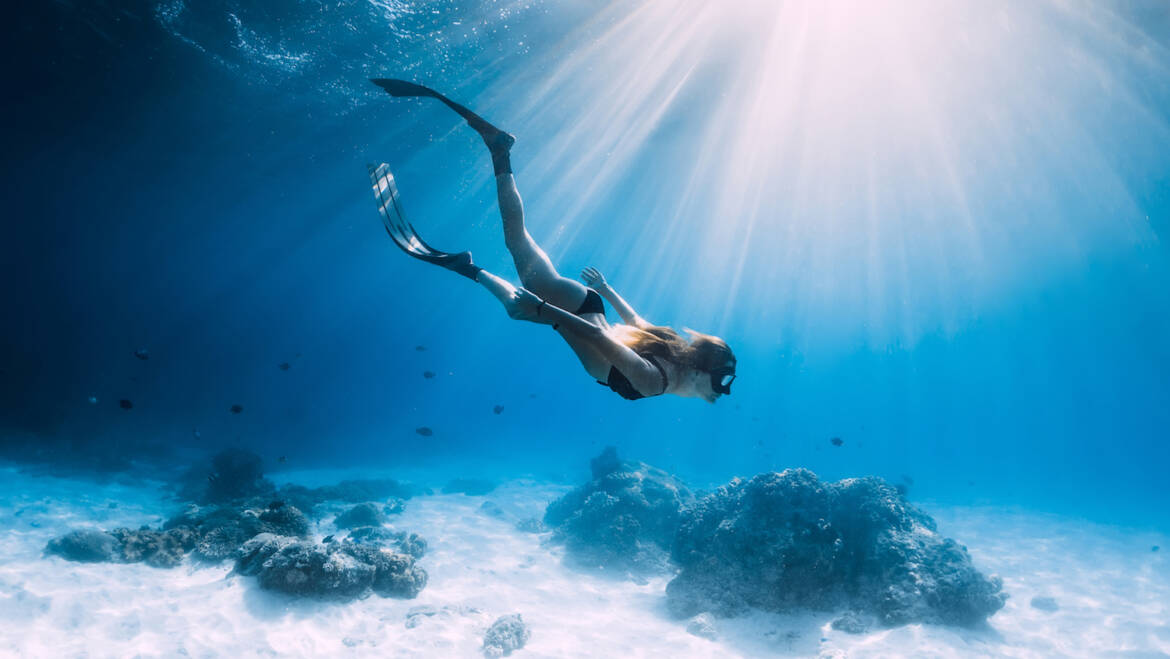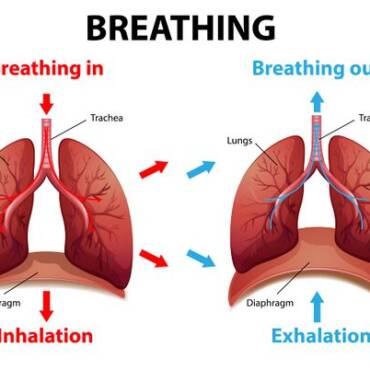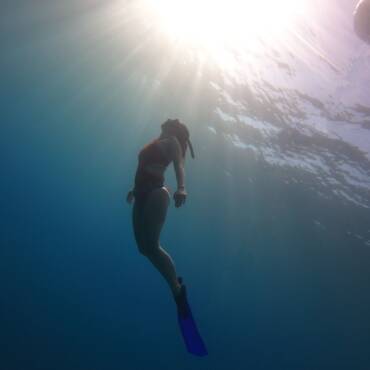Fins are one of the most important pieces of equipment a freediver can own.
Fins help freedivers propel themselves through the water rapidly, using less oxygen and energy.
How do they work?
Typical freediving fins usually have blades that measure approximately 31-38 inches (79-97 cm), excluding the foot pocket. These extended blades effectively displace more water with each kick, enabling freedivers to glide effortlessly and efficiently beneath the surface while conserving their energy.
But if you’re new to freediving, you’re probably wondering – what type of fins should I buy?
Great question.
Plastic fins:
Go for plastic fins if you’re just starting out or are new to freediving.
They’re cheaper than the fiberglass or carbon variety, are durable and almost unbreakable.
This can be a good thing because when you’re starting out you’re likely to hit coral reefs, rocks, or hard structures under water.
Full marks to plastic fins when you’re starting out.
Disadvantages of Plastic fins:
However, when it comes to power, plastic fins take a beating. They have less *snap which results in lesser transfer of power. You’ll need to kick harder to move and will end up spending more energy and wasting oxygen.
Plastic fins are also heavier than their carbon counterparts. Freedivers realize the importance of lighter equipment as they progress.
They also tend to lose their shape and stiffness over a period of time and may prove to be too *stiff for smaller freedivers in the long run.
Carbon fins:
In contrast, high quality carbon fiber blades are extremely light weight, very hard yet flexible and very responsive.
They have a very reactive snap and are great for intermediate and advanced divers who dive deeper.
Carbon freediving fin blades can be bent relatively effortlessly while diving underwater. Once the blade is flexed, the carbon fiber material naturally seeks to return to its original shape, which is straight. It does so remarkably quickly.
This results in significant underwater propulsion, making carbon blades the ‘efficient’ choice in propelling freedivers through the water.
Disadvantages of Carbon fins:
They are more expensive and fragile. Steer clear of rocky environments or coral reefs, especially if you’re just starting out.
However, simply buying high-quality fins will not make you a better freediver. Technique is more important. More about this in upcoming posts.
Before I end this post, I’d like to talk about blade stiffness.
Blade Stiffness:
If the blades are too soft, you won’t have much power. If they are too hard, you’ll have to kick harder and will end up burning oxygen.
Bottom-line? The stiffness of your fins should match your musculature and ability.
Freedivers weighing less than 60 kg might find super soft blades to be a suitable choice, if available. Otherwise, soft blades are an excellent option for almost all divers.
Before purchasing fins, it’s wise to try them on, even if it’s just on dry land rather than in the water.
Also, keep in mind that simply buying a particular type of fin just because your friends or favourite professionals wear them, may not give you the results you expect.
Instead, decide based on your musculature, ability, strength, the type of freediving you want to do and where you want to do it. And of course, your budget.
Go here to read our post on freediving finning techniques.
References:





Add Comment